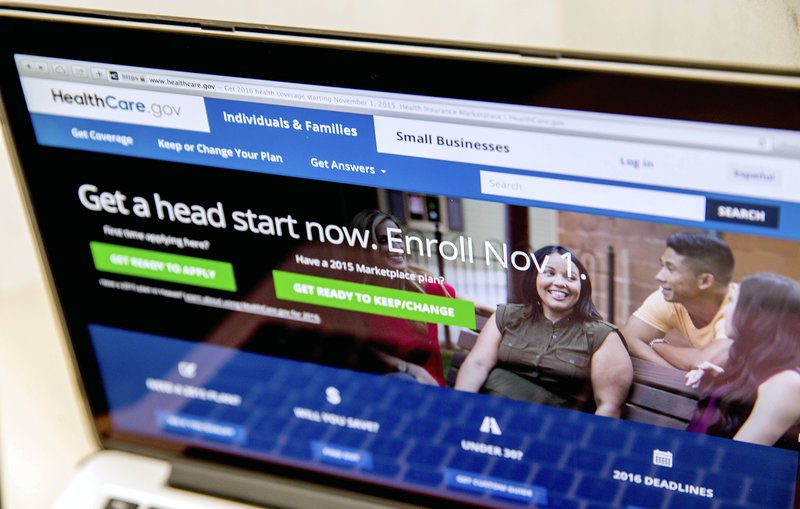

The Senate health committee meets next month to discuss ways to stabilize the insurance markets. Insurers have until Sept. 27 to commit to selling policies on the ACA marketplaces in 2018.
Andrew Harnik/AP
Congress and the Trump administration could boost insurance coverage by a couple of million people and lower premiums by taking a few actions to stabilize the Affordable Care Act insurance markets, according to a new analysis by the consulting firm Oliver Wyman.
The paper, which lays out a simple blueprint for making insurance more affordable for more people while working within the current health law’s structure, comes just days before the Senate Health, Education, Labor and Pensions Committee begins hearings on ways to stabilize markets in the short term.
“Together, these approaches could increase enrollment by roughly two million individuals, reduce average premiums by more than 20 percent and be roughly revenue neutral,” the analysis by Kurt Giesa and Peter Kaczmarek says.
The analysis concludes that under current law, about 17 million people will buy insurance in the individual market next year, many of them outside the ACA marketplaces. If the four actions outlined in the paper are implemented, about 19 million people would buy individual insurance, the study finds.
At the same time, the average monthly premium would fall from $486 to $384.
Some of the actions, including extending the Affordable Care Act’s cost-sharing subsidies, are already on the table for next month’s committee hearings.
These are the four steps that Oliver Wyman recommends to stabilize Obamacare.
1. Fund the cost-sharing reduction payments for the long term
These are payments the government makes to insurance companies as reimbursement for discounts on copayments and deductibles the companies are required by law to give to low-income customers. President Trump has said he wants to end the payments — which a court has ruled are unlawful since Congress never authorized them. But now lawmakers, including Republican Sen. Lamar Alexander of Tennessee, chairman of the health committee, say they want Congress to fund the payments through next year.
“State insurance commissioners have warned that abrupt cancellation of cost-sharing subsidies would cause premiums, copays and deductibles to increase and more insurance companies to leave the markets in 2018,” Alexander said in a statement on Aug. 16. “Congress now should pass balanced, bipartisan, limited legislation in September that will fund cost-sharing payments for 2018.”
2. Create a reinsurance program
The ACA included a temporary reinsurance program that protected insurance companies from huge losses while they transitioned to the new market under the new law.
Senate Republicans included a reinsurance program in the Better Care Reconciliation Act, the health care overhaul that failed earlier this summer.
Govs. John Hickenlooper of Colorado and John Kasich of Ohio are publicly advocating such a program.
“Top of our list would be this notion of having some sort of reinsurance to make sure the high-cost pool is not causing higher rates for all,” Hickenlooper said in an interview with Colorado Public Radio.
3. Strongly enforce the individual mandate
President Trump has suggested he doesn’t want the Internal Revenue Service to enforce Obamacare’s requirement that every person have insurance. Today, individuals who can’t prove they have coverage must pay a fine of $695 or more. Oliver Wyman’s analysis shows that if the mandate isn’t enforced, many young healthy people would drop their coverage.
“As younger and healthier people opt out of the market, the cost of coverage would increase, and market-average premiums would increase in parallel,” the study said.
4. Get rid of the health insurance tax
Obamacare includes a tax on health insurance companies to help offset the costs of federal subsidies that help people buy policies on the ACA markets. It was in place from 2014 through 2016, but then Congress passed a moratorium on the levy for this year. Insurance companies are lobbying hard to ensure it doesn’t return next year. Oliver Wyman’s analysis shows that continuing that moratorium would cut premiums by about 3 percent next year.
Insurance companies have until Sept. 27 to commit to selling policies on the ACA marketplaces in 2018. Alexander says he wants some legislation to pass before then to help stabilize the markets and cut premiums.
[“Source-npr”]




